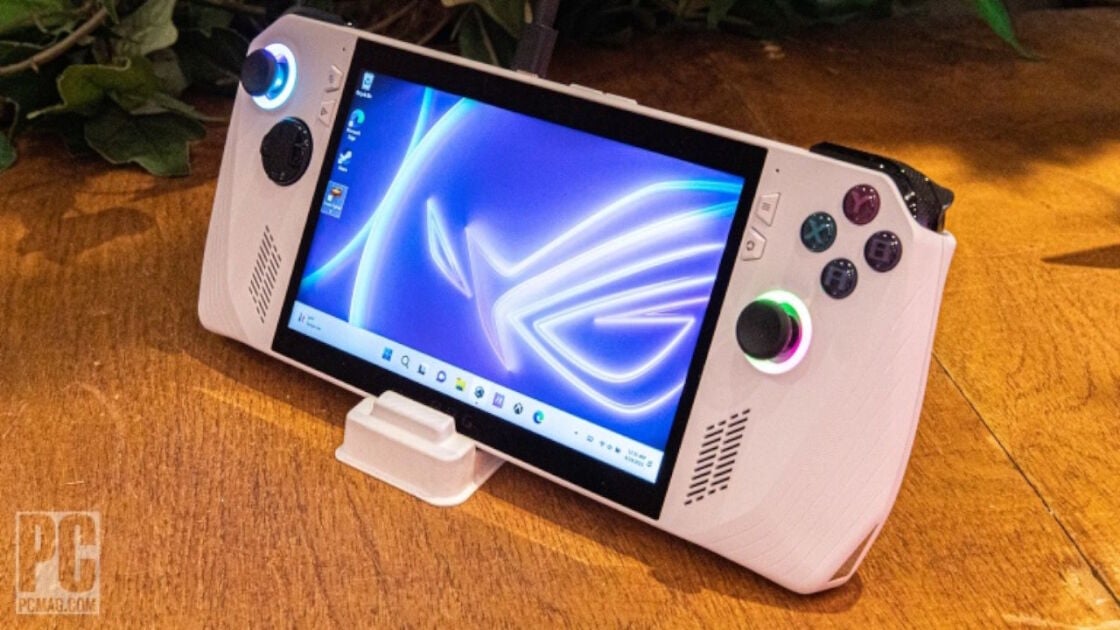SirVer
Forerunner
But I don't see what they had to gain by jumping the gun - it's not like the market would've shrunk appreciably in the few months it would've taken to give it a bit more polish, and they'd sell more that way too. The only reason that makes sense to me is if they wanted to beat someone else to market. Or middle management meddling, I suppose.Asus simply wanted to jump onto the handheld bandwagon. Nothing else.
I actually think this would've been a big mistake on their part, business wise. Valve has expressed their intent to make SteamOS available for other console manufacturers, so it makes way more sense for them to wait for that to happen. For Asus to build something of similar quality would've increased their time to market exponentially and - more importantly - increased the cost of the system even more. Further, Valve has a unique advantage in terms of ensuring game compatibility, due to Steam and their years of experience working on Proton - as it stands, Asus has absolutely no hope of competing with them on software. If Asus is smart, they'll push Valve to make SteamOS available on the Ally as soon as they can - it would be a win-win for both of them.The major crap-up that they have done is not creating a operating system made for the Ally from the ground-up. For instance, the Switch uses an Unix-based OS, or the Deck uses a Linux-based one. And both are very good handhelds. That's the trend they should have followed.
Does Windows IoT work for gaming? I'd have thought that an embedded-focused build would eschew a bunch of extraneous stuff that games might rely on.Windows Embedded/IoT is already there. Asus could've gotten in touch with MS if it required further customization.






